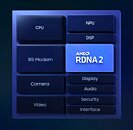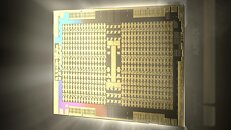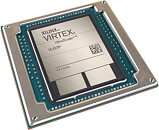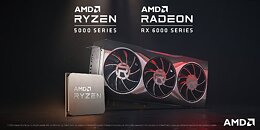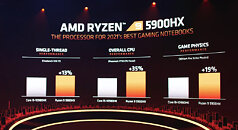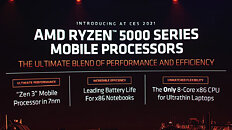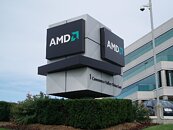
AMD Completes Acquisition of Xilinx
AMD (NASDAQ: AMD) today announced the completion of its acquisition of Xilinx in an all-stock transaction. The acquisition, originally announced on October 27, 2020, creates the industry's high-performance and adaptive computing leader with significantly expanded scale and the strongest portfolio of leadership computing, graphics and adaptive SoC products. AMD expects the acquisition to be accretive to non-GAAP margins, non-GAAP EPS and free cash flow generation in the first year.
"The acquisition of Xilinx brings together a highly complementary set of products, customers and markets combined with differentiated IP and world-class talent to create the industry's high-performance and adaptive computing leader," said AMD President and CEO Dr. Lisa Su. "Xilinx offers industry-leading FPGAs, adaptive SoCs, AI engines and software expertise that enable AMD to offer the strongest portfolio of high-performance and adaptive computing solutions in the industry and capture a larger share of the approximately $135 billion market opportunity we see across cloud, edge and intelligent devices."
"The acquisition of Xilinx brings together a highly complementary set of products, customers and markets combined with differentiated IP and world-class talent to create the industry's high-performance and adaptive computing leader," said AMD President and CEO Dr. Lisa Su. "Xilinx offers industry-leading FPGAs, adaptive SoCs, AI engines and software expertise that enable AMD to offer the strongest portfolio of high-performance and adaptive computing solutions in the industry and capture a larger share of the approximately $135 billion market opportunity we see across cloud, edge and intelligent devices."




















